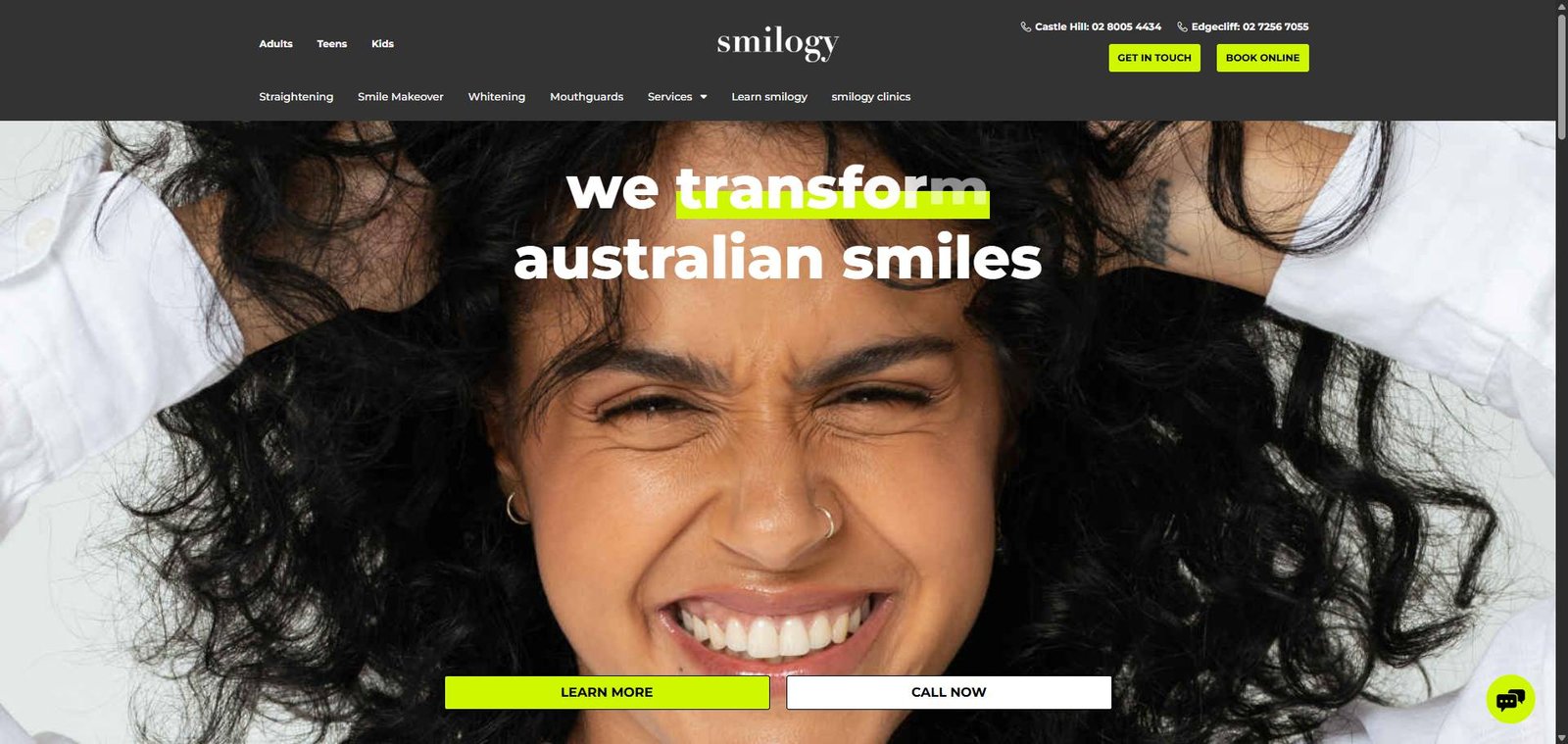In 2025, the UAE Federal Tax Authority (FTA) updated how VAT applies to online sales and marketing activities. These changes are directly shaping how e-commerce brands price products, manage ad spend, and handle customer journeys.
Whether you’re selling locally or cross-border, these updates matter. This guide breaks down what’s changed, how it affects your marketing strategy, and what steps you should take now to stay compliant—and competitive.
Overview of VAT in the UAE for E-Commerce
Value Added Tax (VAT) in the UAE remains at 5%, but the scope and enforcement have changed for digital-first businesses.
You must register for VAT if:
- Your annual taxable turnover exceeds AED 375,000
- You sell digital products or services to UAE customers, even from abroad
- You use online marketplaces (like Amazon UAE) to reach local buyers
Once registered, your prices must include VAT, and your receipts must meet FTA invoice standards.
Reference: VAT for E-Commerce
2025 VAT Changes and What They Mean
Recent FTA changes for online sellers include:
- Mandatory VAT-inclusive pricing: All product prices must display the final amount (including VAT).
- Foreign seller enforcement: Even non-UAE sellers must register for VAT if targeting local consumers.
- Marketplace liability: Platforms like Noon or Amazon may now collect VAT on your behalf, depending on your account type.
- Digital services scope widened: Cloud software, mobile apps, and e-learning are fully taxable.
If you sell direct-to-consumer or use UAE-based fulfillment, these changes apply to you.
Impact on E-Commerce Customer Experience
VAT affects more than accounting—it shapes how shoppers interact with your store.
Pricing Style | User Experience | Conversion Impact |
VAT-Inclusive (AED 105) | Clear and expected | Higher trust and conversion |
VAT-Added at Checkout | Feels like a surprise charge | Increased cart abandonment |
Confused buyers bounce. If your pricing or receipts don’t reflect VAT clearly, they may abandon the checkout or question your credibility.
Tip: Make sure your receipts include VAT breakdowns. Platforms like Shopify and WooCommerce support this by default if configured correctly.

VAT and Your Ad Strategy: What’s Taxable?
Yes—digital ad platforms now charge VAT if your billing country is the UAE.
Here’s what that means:
- Meta (Facebook, Instagram): 5% VAT is charged unless reverse-charged (B2B model)
- Google Ads: UAE-based accounts receive VAT-inclusive invoices
- TikTok Ads: UAE targeting triggers 5% VAT on spend
- Snapchat and LinkedIn: Also taxable under UAE VAT law
Source: FTA VAT Public Clarification on Digital Advertising
If you’re VAT-registered, you may reclaim this. But it still affects gross ad spend, so adjust your budgets and ROAS tracking accordingly.
Conversion and Pricing Strategy Shifts
Transparent pricing is now required by law—and preferred by customers.
What You Should Do:
- Display VAT-inclusive prices across product pages, ads, and landing pages
- A/B test product pricing: AED 99 (VAT incl.) vs AED 94 + VAT at checkout
- Recalculate promo margins to factor in VAT
- Use clear CTAs like “Price includes VAT” below pricing tables
Example:
A UAE-based fashion brand increased cart conversion by 18% after shifting to VAT-inclusive pricing and updating product descriptions.
Payment Gateway and Checkout Implications
Your payment processors (Stripe, Telr, PayTabs, Tabby, etc.) now apply VAT to service fees and need to report transaction-level VAT.
What to watch for:
- VAT on payment fees: Your cost per transaction has likely increased
- Checkout compliance: Show the VAT amount and total clearly before the final click
- Split payment services (Tabby, Tamara): Must reflect VAT accurately across installments
- COD workflows: Receipts must still show VAT breakdowns, even if payment is offline
Use platforms with built-in tax modules or plugins that sync with your accounting system (Xero, Zoho Books, QuickBooks).
What UAE E-Commerce Brands Should Do Now
Here’s your action checklist for 2025:
- Register for VAT (if applicable) and add your TRN to invoices and ads
- Switch to VAT-inclusive pricing and update your pricing policy
- Adjust your ad campaigns to include VAT in budgets and reports
- Ensure receipts and checkout pages meet FTA tax disclosure rules
- Review payment gateway VAT handling and fee structure
- Automate VAT filings where possible with tax software or accounting partners
Final Thoughts
VAT in the UAE isn’t just a legal issue—it’s a marketing issue. If your site isn’t compliant, it can lead to lost trust, reduced conversions, and even fines. Getting your prices, ads, and checkout aligned with VAT regulations is now part of doing business in 2025.
Need help making your store VAT-compliant while staying conversion-optimized? Talk to Pracxcel Marketing
We help UAE e-commerce brands meet tax requirements without losing sales performance.
FAQs
Key changes include stricter enforcement on foreign sellers, mandatory VAT-inclusive pricing, and expanded taxation on digital services.
Yes. The FTA requires that VAT-inclusive pricing be displayed to consumers.
Yes. All major ad platforms charge 5% VAT when billing UAE-based businesses or audiences.
Yes. E-books, apps, SaaS subscriptions, and online courses are taxable.
VAT-inclusive pricing builds trust and improves conversion. Hidden fees at checkout often lead to drop-offs.
Yes, if selling directly to UAE consumers. Local platforms may collect VAT on your behalf, but direct sellers are liable to register.
Yes. Payment providers include VAT on service fees. Merchants must calculate VAT across all installment options.
Use platform tax settings or plugins that enable VAT-inclusive pricing, show breakdowns at checkout, and include proper invoice formatting.







